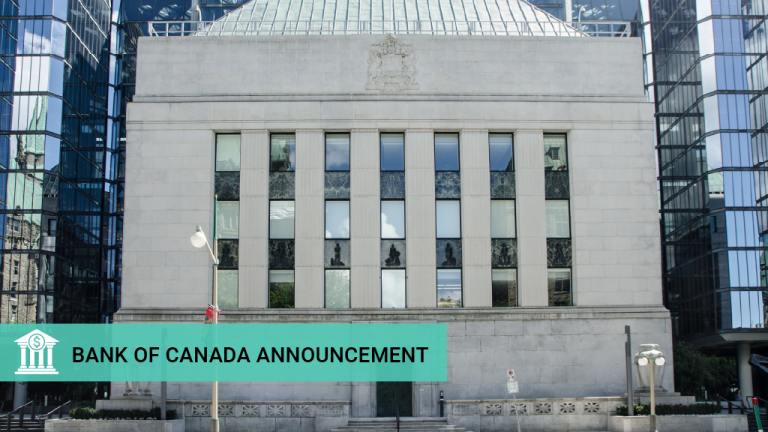
Across much of the country, rising inventory levels combined with easing borrowing costs are helping shift many real estate markets into a more balanced state. This is creating improved conditions for buyers, who are benefiting from more choice and better affordability than in recent years. However, not all buyers are ready to step back into the market. With some demand still sitting on the sidelines – whether due to lingering economic uncertainty, affordability concerns, or expectations of further rate cuts – most major cities have yet to experience a meaningful boost in buyer activity.
According to the Royal LePage® House Price Survey and Market Forecast released today, the aggregate price of a home in Canada recorded virtually no change in the third quarter of 2025, increasing just 0.1% year over year to $816,500. However, on a quarter-over-quarter basis, the national aggregate home price posted a decline of 1.2%, driven by depreciation in many major markets across the country over the summer.
When broken out by housing type, the national median price of a single-family detached home increased 1.2% year over year to $860,600, while the median price of a condominium decreased 1.6% to $580,700. On a quarter-over-quarter basis, the median price of a single-family detached home and a condominium declined 1.1 and 1.9%, respectively. Price data, which includes both resale and new build, is provided by RPS Real Property Solutions, a leading Canadian real estate valuation company.
“Canada’s housing market is shifting toward balance, as easing prices, rising listings and renewed rate cuts improve affordability across most regions,” said Phil Soper, president and CEO, Royal LePage. “For the first time in years, buyers – especially in previously supply-strapped markets – have real choice and negotiating power. With confidence returning and further rate reductions expected into early 2026, we anticipate noticeably stronger activity by the spring.”
Following a slower-than-usual start to the year, home sales picked up late in the spring and have consistently increased over the last five months, according to the Canadian Real Estate Association (CREA).
“Affordability is improving and the economic backdrop remains remarkably stable, yet consumer confidence is lagging,” said Soper. “Many buyers remain hesitant – some worried about broader economic uncertainty, others waiting to see if prices dip a little further before stepping in.”
Compared to the peak of pandemic pricing in the spring of 2022, national home prices have come down by approximately five per cent, driven by depreciation in the urban centres of Toronto and Vancouver, where prices are currently sitting more than 12% below the peak. Meanwhile, home prices have continued to appreciate in Quebec, the Prairies and Atlantic Canada.
“Buyer sentiment is being influenced by a complex mix of economic and psychological factors,” said Soper. “Despite materially improved affordability in major cities, many Canadians – particularly younger ones – remain cautious amid high post-pandemic living costs, perceived job uncertainty, and general unease about our economic prospects. It’s understandable that some are waiting before making such a significant purchase.”
According to a recent Royal LePage survey, conducted by Burson, more than four in five Canadians (82%) who say they are actively working towards the purchase of their first residential property say they are planning to hold off for at least another year.
Fall rate cut gives buyers another boost
In its scheduled September 17th announcement, the Bank of Canada cut the overnight lending rate by 25 basis points to 2.5%, the first rate cut since March. With trade tensions with the United States choking economic growth, the central bank’s Governing Council opted to lower the cost of borrowing. And, some economists expect there could be more cuts to come.
“Inflation has remained within the Bank of Canada’s target range for twenty consecutive months, a positive sign for the economy,” said Soper. “Unemployment has stayed manageable, yet job insecurity, particularly among younger Canadians, will persist until Canada reaches a new trade agreement with the United States. While mortgage rates remain above their pandemic lows, the Bank’s recent rate cut is easing pressure on borrowers. Rates are once again in the threes – a level that feels supportive by the standards of the past two decades.”
Read Royal LePage’s third quarter release for national and regional insights.
Third quarter press release highlights:
- The Greater Montreal Area’s aggregate home price increased 4.9% year over year, while the greater Toronto and Vancouver markets recorded declines of 3.5% and 3.1%, respectively, in the third quarter.
- National year-end forecast adjusted downward due to price declines in greater regions of Toronto and Vancouver, with the aggregate price of a home now expected to increase a modest 1.0% in Q4 2025 over the same quarter last year.
- Royal LePage applauds federal government’s commitment to build more housing; warns that greater efforts are needed to materially boost supply long-term.
1Aggregate prices are calculated using a weighted average of the median values of all housing types collected. Data is provided by RPS Real Property Solutions and includes both resale and new build.






